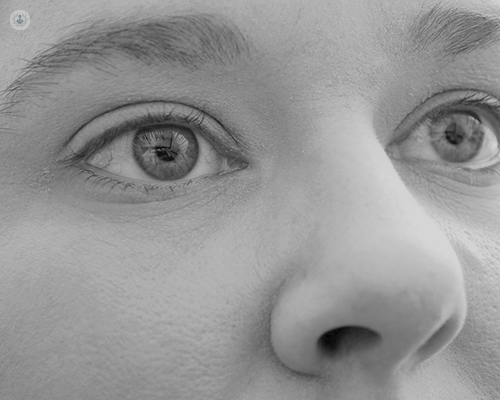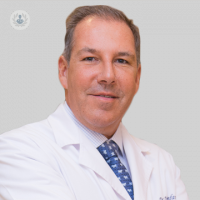¿Qué técnicas hay para someterse a una rinoplastia?
Written by:
What techniques does rhinoplasty include?
Within rhinoplasty, traditionally, there is closed technique and open technique. The open technique is different because an external scar is made at the level of the lower part of the columella and with which the nasal tip is perfectly approached. However I also perform a technique that is what I call the technique of open-closed rhinoplasty, which is achieved through some incisions inside the nose, without any external scar, also work the tip, work the septum and to be able to work the entire nasal anatomy without any problem.

What advantages and disadvantages does each of them have?
The fundamental advantage of closed rhinoplasty, which is really the oldest and most traditional, is that it does not leave any scar on the outside. Then you can work the structure and yet we have the disadvantage that what is the structure of the tip can not work so well because you work a little blindly. Although with some experience you get exceptional results. Open rhinoplasty, the fundamental advantage by which it began to use the precisely to be able to work these structures of the tip and be able to better place the grafts of septum and cartilage. But it has the fundamental disadvantage of the scar it leaves, which is usually not noticed, but there are 3% or 5% of cases that are visible. And that is its great disadvantage, apart from that it has a little more postoperative inflammation. As for open-closed rhinoplasty, it has the advantages of both, that it has no external scar and that it is possible to work all that is the tip and the septum without any problem.
What preparation does the patient need?
The preparation of rhinoplasty, the most important is a very clear previous study of what the patient is looking for a harmonious result that goes with its facial appearance. Then, independently, as in any intervention, logically we will have to do a preoperative analysis, a pre-anesthetic study, to be able to perform the intervention as it happens with any type of intervention.
How is the recovery?
The recovery of rhinoplasty, the most important thing to keep in mind is that you have to put a tamponade in the nose and a plaster. The tamponade will take it for about two days and the cast for a week. During this time it is in which the patient will be without using their usual activity. After 8 or 10 days the patient will be able to incorporate into their activity, although logically there is a postoperative inflammation that the result will take a few months to get it completely.


